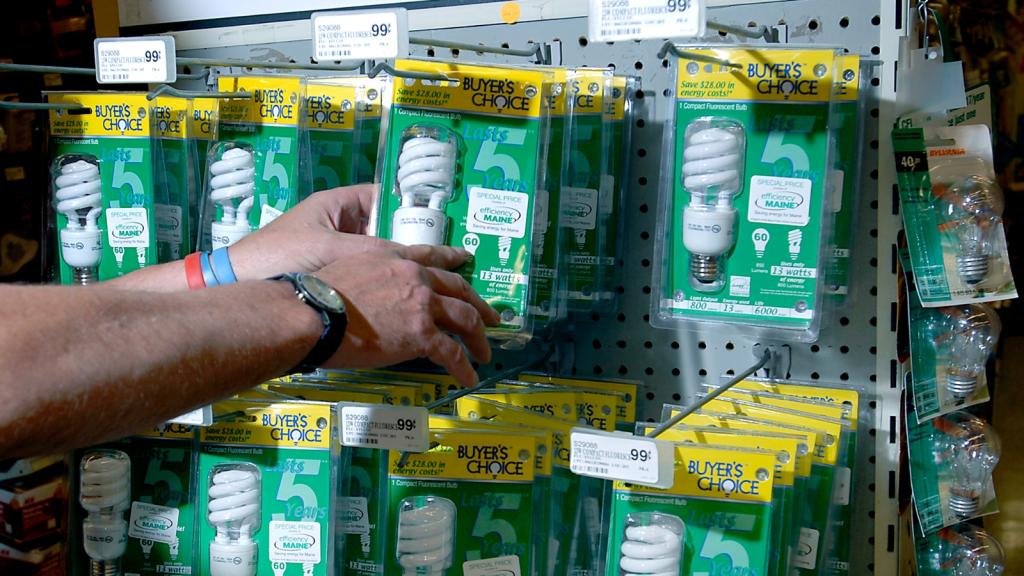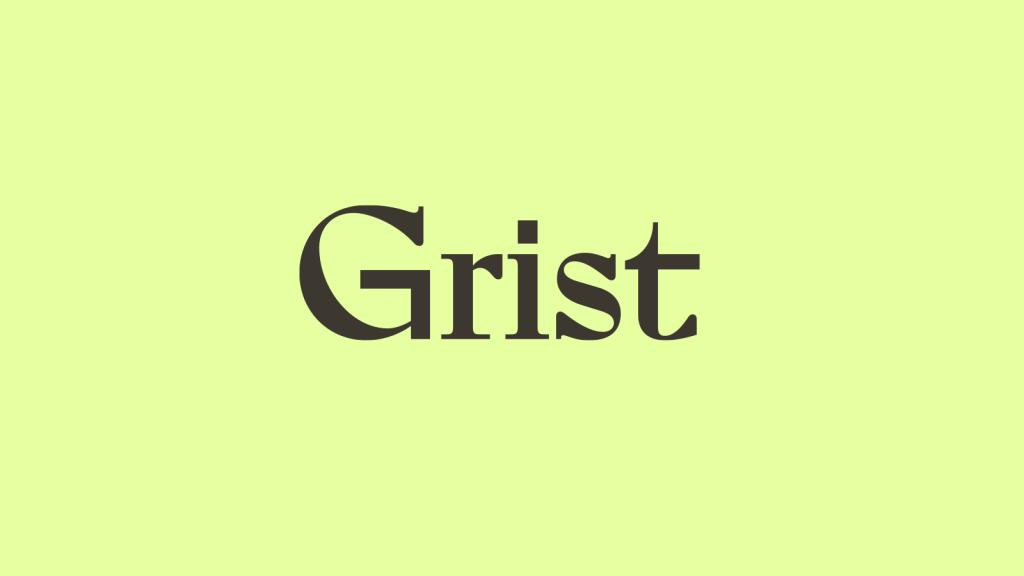The Climate Scoreboard is a new, easily accessible tool for understanding and tracking the global climate change negotiations in real time.
This new online resource– an embeddable widget, a short video, and a set of graphs, and a table — reports, on a daily basis, the long-term climate implications of proposals to the United Nations negotiations in Copenhagen.
The Scoreboard team will follow the negotiations in Copenhagen from day to day, and continue tracking progress in the months following the conference, addressing the question: if current proposals for emissions reductions were implemented how much future warming would be avoided?
My friend Drew Jones will be at Copenhagen tracking the commitments with his new widget. Drew is coauthor of this guest blog post describing his work (“Only the most ambitious emissions reductions under discussion within UNFCCC can achieve climate goals“). The widget and his explanation are from his blog.
As I noted in an earlier discussion of media coverage of Drew’s work, neither China or India haven’t agreed to cap their emissions, and until that happens, no model of global commitments is going to keep us anywhere near 2 degrees C (3.6 degrees F) — see Is it just too damn late? Part 1, the Science. But, remarkably, both countries have publicly advanced carbon intensity commitments that would significantly cut projected emissions. Indeed, “China’s pledge on greenhouse gases means it would shoulder more than a quarter of the CO2 emissions cuts needed to avoid dangerous global warming,” as the International Energy Agency explained last week.
People forget that the 1987 Montréal protocol would not have stopped the atmospheric concentration of ozone-destroying chemicals from rising forever. And yet we appear to have acted in time to save the ozone layer. Finally, people also seem to forget that the United States government led by President Bush’s father, and including the entire Senate, agreed that we would tackle global warming the same way — with the rich countries going first.
Here is more from Drew:
Share the widget on your blog, website, or Facebook page here or by clicking at the bottom next to “Get and Share.” It will automatically update as the global climate deal improves.
Let’s move that blue line down!
Today, in advance of the opening of the Copenhagen Conference, the Climate Scoreboard shows that, while current proposals would reduce warming in 2100 relative to a scenario with no reductions in emissions, proposals are not yet ambitious enough to limit temperature increase to 1.5-2°C (2.7-3.6°F) over pre-industrial temperatures. The Scoreboard estimates a temperature increase of 3.8°C (6.8°F) over pre-industrial if current proposals were implemented as compared to 4.8°C (8.7°F) temperature increase by 2100 without emissions reductions.
The Climate Scoreboard was created by the Climate Interactive program out of Sustainability Institute. The simulation behind it was built by SI, the Sloan School of Management at MIT and Ventana Systems.
The Scoreboard is based on the C-ROADS (Climate Rapid Overview and Decision Support) computer simulation, which is carefully calibrated to the Intergovernmental Panel on Climate Change Fourth Assessment Report results. C-ROADS emerged from research at the Massachusetts Institute of Technology and allows users to input mitigation proposals for China, India, the US, the European Union, and other nations and regions. It then simulates these emissions’ impacts on greenhouse gas concentrations, temperature change, per-capita emissions, cumulative emissions, sea level rise and other indicators. More information on the simulator is available here.
In addition to the Scoreboard, C-ROADS analysis of current proposals is shared online in a variety of forms, including graphics, data files, and slide sets.
C-ROADS has been used in strategic planning sessions for decision makers from government, business and social organizations and in interactive role-playing policy exercises.
Launching the Scoreboard today, Dr. Elizabeth Sawin of Sustainability Institute said:
“The Climate Scoreboard helps make sense of what is happening in the climate treaty process. It helps negotiators, political leaders non-governmental organizations, the media and citizens understand the state of the negotiations. All of us have a stake in these negotiations, and the reporting, which will be continuously updated during the Copenhagen conference, will help us track how close the negotiations are to achieving their goals.”
The Climate Scoreboard can be viewed at www.climatescoreboard.org.
Quotes
“This capability [C-ROADS], had it been available to me when we negotiated Kyoto, would have yielded a different outcome”
—Tim Wirth, President, UN Foundation, and former U.S. Senator
“More chilling is the computer modeling [the C-ROADS team] did against the current plans of every single country that is planning to do anything, and it’s not that big a group…. They took all of these current projections and ran the computer models against what is currently happening in the science. And in every single case, it showed that we are not just marginally above a catastrophic tipping point level. We are hugely, significantly above it.”
— U.S. Senator John Kerry
“The results [of C-ROADS] have been very helpful to our team here at the U.S. State Department….The simulator’s quick and accurate calculation of atmospheric carbon dioxide levels and temperatures has been a great asset to us. …I have made use of the results in both internal discussions, and in the international negotiations….”
— Jonathan Pershing, Deputy Special Envoy for Climate Change, U.S. Department of State
“For the first time, with C-ROADS, we have a way to capture on the spot the implications of the key decisions that will be made around the follow-up to Kyoto, with sobering and powerful results.”
— Dr. Jacqueline McGlade, Exec. Director, European Environment Agency
I’ll be following the work of Drew and his team in Copenhagen, including video interviews.

